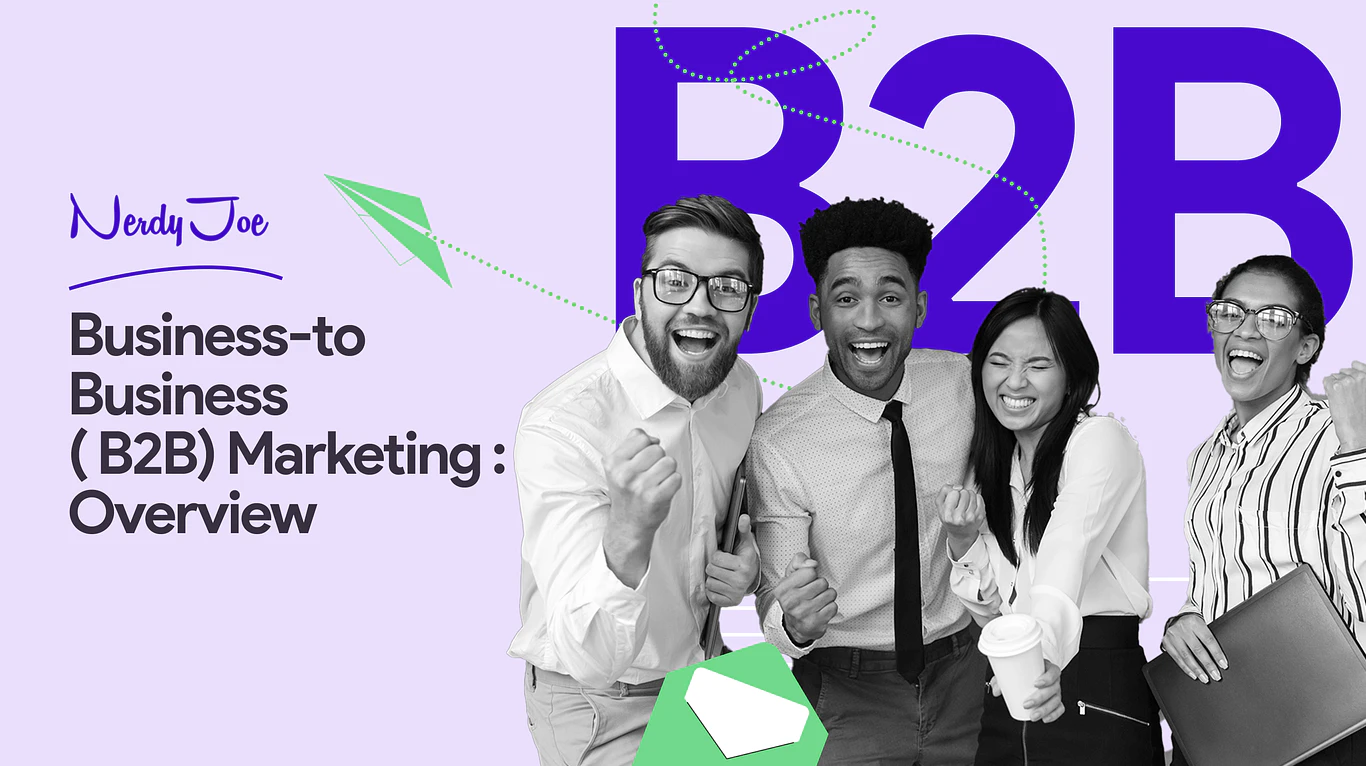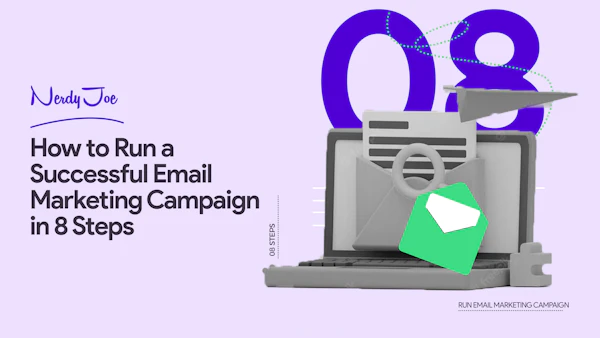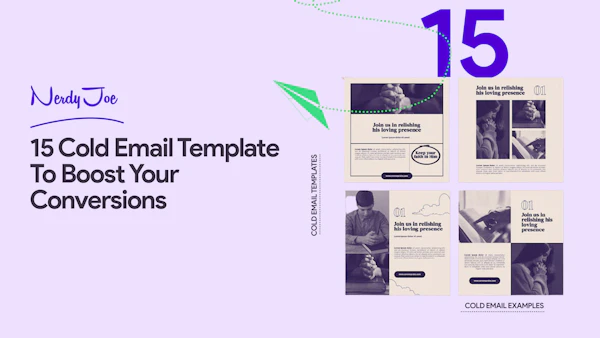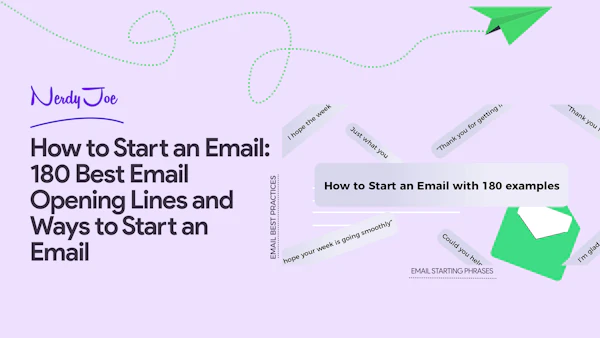
If you are looking to implement a business-to-business marketing strategy and wondering the different things it entails and how to approach it, you’ve come to the right place.
In this article, you will learn about the secrets of B2B marketing including what it means, the features, and best practices.
Let’s get started.
What is business-to-business (B2B) marketing?
As its name implies, business-to-business marketing is the marketing of a brand's products or services to other businesses or organizations (business clients).
Here, companies target other companies with products or services they believe the other businesses’ will gain value from.
It is quite distinct from business to consumer marketing (B2C), which is consumer-oriented and involves businesses targeting individuals.
What are the main B2B sectors
Two main sectors of B2B exist - B2B SaaS and B2B eCommerce. In this section, you will learn briefly what the two terms entail.
B2B SaaS
SaaS stands for software as a service. The B2B SaaS business model is most often a cloud-based service that offers subscription-based services where users pay a monthly or annual fee to utilize the products.
It’s mostly a company with a software product selling it through company websites or mobile/desktop application to another company for a monthly or annual fee.
There are many SaaS products across many business verticals and sectors including invoicing, project management, payroll automation, scheduling systems, inventory management, advanced analytics, etc.
Typical examples of these companies include Salesforce, Hubspot, Microsoft, and others.
B2B eCommerce
B2B eCommerce stands for business-to-business electronic commerce. It involves the sales of products and services between two businesses through digital transactions.
It all also involves businesses in the supply chain management, selling raw materials to other businesses, etc.
Agencies and companies selling services to other businesses also fall under this umbrella.
It involves online transactions between manufacturers and wholesalers, or wholesaler and retailer, through a digital sales portal.
Since orders are processed digitally, the purchase process is made efficient across various B2B sellers.
Features of business to business (B2B) marketing
Here are some features of the B2B market that distinguish it from B2C. As sales rep, you need to understand that these feature may differ from one business to another.
But whether you're dealing with construction companies, industrial companies, or even technology companies, the features here need to be at the center of your marketing efforts.
Complex buying process
The purchase process and the purchase criteria involved with B2B is a bit complex. Since the process involves multiple stakeholders, they all need to buy-in before a decision is reached.
This often requires talks and negotiations between committees and your sales team, and can take lots of time.
Logical, data-driven decision making
B2B purchases mostly arise as a result of logical reasoning and careful planning.
Unlike B2C where consumers can purchase products based on their emotions, B2B purchases require lots of consideration before a decision is finalized.
B2B executives talk ROI, they are much more convinced by metrics and results.
High-ticket purchase
Sales between companies often costs a lot of money. They are often contractual and deal with thousands of dollars.
Less buyers, more sellers (fierce competition)
Unlike the B2C market with millions of buyers, the B2B market mostly has a small number of customer companies.
Also, adopting a new product is not always a light decision, B2B companies take more time product adoption and it makes the competitions even fiercer.
Understanding B2B Email Marketing
B2B email marketing simply involves marketing a product or service to other businesses via email.
You engage with your potential customers (B2B buyers) through promotional and educative email content pertaining to your products or services, and convert them into qualified leads for sales purposes.
Unlike business to consumer (B2C) emails that can adopt various styles, crafting B2B emails is different.
It requires more in-depth research and focuses on ideas that matter more to business entities.
You need to be more meaningful business-wise, drive interest in a product/service; generate leads; and convert opportunities throughout the marketing funnel.
The goal of a B2B email marketing strategy is not only to sell but to build strong long term business relationships with other businesses, educate them about the products or services you offer.
You also have to prove how your offer can contribute to their business’ growth, convince them of the value you have to offer, get them to trust you, handle their objections, prove your value over the competition, and more.
So, B2B email marketers need to appear professional in their approach to marketing and sales as well as the way they reach out to their distinguished business customers.
Plus, B2B prospects don't always consist of one person.
Businesses often have various decision-making authorities, usually stakeholders of an organization. So, B2B email marketing professionals need to create their email campaigns and strategies accordingly.
Such audiences consider various data before they can finalize purchases from a particular brand. Convincing them is longer, so is their decision making process.
Since multiple individuals are involved in the decision making process, it takes some time before they reach an agreement.
B2B email marketing best practices
To get the best results from B2B email marketing, you have to take note of some tips. Here are seven best practices when performing B2B email marketing.
1 - Select the right email marketing service
A great email marketing campaign requires great tools. Although there are a lot of email marketing services out there, you can't select one because of its fancy name or popularity.
That won't help your marketing campaigns. Instead, you have to opt for a marketing service that can give you what you need.
You can do this by identifying how the features of the service benefit you. Here are some questions that can guide you.
Is the email newsletter builder easy to use?
Does it consist of an advanced reporting and analytics feature?
How many emails can I send at once?
Are the Integrations and API efficient enough?
Finding answers to these questions helps you to narrow down what you are looking for in an email marketing service channel and enable you to select the most appropriate one for your needs.
2 - Segment your audience
Segmenting your audience helps to improve the effectiveness of your email marketing campaigns.
As you build your email list, you will have different individuals. Since these individuals have different interests, segmenting them not only gives you a competitive edge but allows you to understand your customers better and send them the most relevant content.
Unlike B2C where you segment audiences based on demographics, B2B allows you to consider other criteria. These criteria include:
Firmographics — company size, industry, number of subscribers
Business Needs — pain points of businesses, goals, revenue targets
Personnel — Executives, Mangers, etc
Potential — Readiness to Buy
When you divide your audience, you will deliver emails based on their interests. For instance, if a segment (probably a product developer or manager) is more interested in the quality of the product, another segment (executives) may want to focus on the financial aspects.
By segmenting your audience, you can deliver the most relevant content that suits their needs.
3 - Create an enticing subject line
Think of your email subject line as the trailer of a movie. If you can't capture the attention of your audience within a few seconds through a few characters, you can't expect them to read the whole content.
So, how do you avoid this?
Here is the trick. First, ensure that your subject line creates curiosity in the mind of the readers.
Next, tap into the buyer's intent by addressing their pain points or highlighting the value of your product or service.
Creating an irresistible subject line entices your audience to check out what you have for them.
4 - Provide valuable content for subscribers
When you are crafting your B2B email content, provide relevant content by focusing on the value of your products or services.
Since various decision-makers have subscribed to your emails, informing them about your company and its valuable offers may engage and convince them to buy from you.
You can do this by sharing helpful educational or promotional content through emails to enable your audience to make their decisions. These contents may be in the form of:
Blogs
Videos
Whitepapers
Ebooks
Infographics
Articles
Sending valuable content keeps your audience informed about your company and guides them during their decision-making process.
5 - Add a relevant call-to-action
No matter how helpful your email marketing campaigns appear to be, it is useless without a clear call to action.
Including a relevant call-to-action simplifies your user's journey and prompts them to perform the next action.
Besides, you prevent them from getting confused as to what to do next about the information you have provided in your email.
6 - Conduct A/B tests
Before you finalize the most suitable email campaign to work with, ensure you A/B test your emails.
Trying different variables of your email campaigns enables you to determine the one that can grant you your desired result.
Besides, you get to see how you can improve your email campaigns before dishing them out to your audience.
Test different elements to determine the one with the best results. These elements include:
Subject line
Image
Video
Email Length
Font color and Size
Call to Action
When conducting these tests, ensure you test one element at a time to determine the one that will make the most positive impact.
7 - Track results
Upon completion of the tests, the final phase is to track the performance of your emails.
You can monitor the results through various email marketing metrics such as the open rate, bounce rate, conversions, click-through rate, the number of new subscriptions and un-subscriptions, and more.
Tracking your results enables you to figure out the weak points of your email marketing strategy and how to improve it.
B2B vs B2C Email Marketing
Email marketing is an effective marketing strategy that benefits companies in different ways.
Whether it is B2B or B2C, the goal is to have better customer engagement and generate more revenue.
Although both models have similar goals, they operate in different ways. Some of these ways include:
Decision-making process
The sales funnel in B2C email marketing is quite simpler and shorter. The consumer views the email, identifies their needs, and may purchase the product.
However, that isn't the same for B2B. The decision-making process involves various stakeholders who spend lots of time deliberating whether the product is the right choice for the company.
Tone/Voice
B2C emails often have a more personal and casual tone when addressing their audience. The wordings are simple, relatable, and often target the emotions of the consumers.
Meanwhile, B2B emails are more professional, factual, and have an objective tone. It often incorporates industry-specific jargon and is geared towards getting results.
Visual layout
How an email looks is more essential for B2C consumers than it is for B2B brands. B2C consumers are more receptive to visual content rather than just reading through lengthy and copy-heavy emails.
Key Takeaways
B2B Email Marketing is an effective strategy for nurturing leads. Know that you will always have to educate your audience on the value of your products or services.
B2B email marketing often deals a lengthy time to engage and convert your audience. Always segment your audience to tailor your email messages according to their needs.
Create subject lines that catch the attention of your readers. Include a clear call to action in your email campaigns. Always remember to be and keep everything professional.


